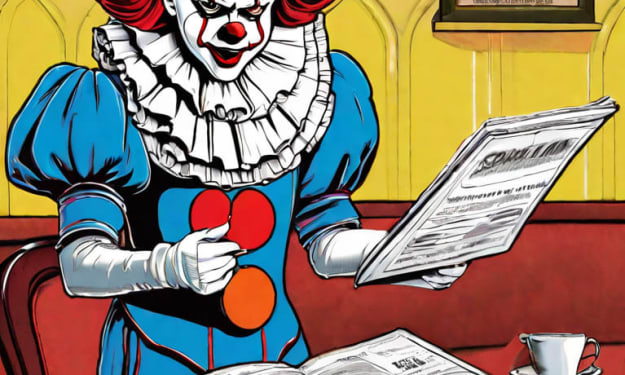
The Kohinoor Diamond is one of the most valuable and contested jewels in the world. Its history spans centuries, and it has been the source of much controversy and debate.
The diamond is believed to have originated in India's Golconda mines, where it was mined in the 13th century. It was originally known as the "Mountain of Light" and was owned by various Indian rulers, including the Mughals and the Sikh Empire. Legend has it that the diamond was cursed, bringing misfortune to whoever possessed it.
In 1849, the British East India Company took control of the Punjab region, which included the Kohinoor Diamond. The diamond was then presented to Queen Victoria, who had it cut and polished to improve its appearance. It was set in a brooch and later in the Crown of Queen Alexandra.
However, the diamond's journey to England was not without controversy. Some reports suggest that the diamond was forcibly taken from the Sikh Empire, while others claim that it was given willingly as part of a peace treaty. The truth is likely somewhere in between, as the circumstances surrounding the diamond's acquisition are shrouded in secrecy and conflicting accounts.
Since its arrival in England, the Kohinoor Diamond has been the subject of much debate and controversy. Some argue that the diamond should be returned to India, as it was taken without the consent of the Indian people. Others argue that the diamond is a part of British heritage and should remain in the Crown Jewels.
In recent years, there have been renewed calls for the diamond's return to India. In 2013, the Indian government made an official request for the diamond's repatriation, citing its cultural significance and historical importance. However, the British government has refused to return the diamond, arguing that it was acquired legally and is an important part of British history.
The controversy surrounding the Kohinoor Diamond highlights the complex and often fraught history of colonialism and imperialism. It raises important questions about the ownership and repatriation of cultural artifacts, and the responsibility of former colonial powers to acknowledge and address the injustices of the past.
Despite the controversy surrounding its ownership, the Kohinoor Diamond remains a stunning and awe-inspiring jewel. Its sparkling beauty and rich history continue to capture the imaginations of people around the world. Whether it remains in the Crown Jewels or is eventually returned to India, its legacy is sure to endure for centuries to come.
The Kohinoor Diamond is one of the world's most famous and contested diamonds, with a history spanning several centuries and multiple countries. The diamond, which means "Mountain of Light" in Persian, has been the subject of numerous legends and myths, and has been passed down from one ruler to another through a series of conquests and treaties.
The earliest recorded history of the diamond dates back to the 13th century, when it was first mined in the Kollur mines in Andhra Pradesh, India. It was believed to have been owned by various Indian rulers, including the Kakatiya dynasty and the Mughal Empire, before it was seized by the Persian ruler Nadir Shah in 1739 during his invasion of India.
The diamond then passed through the hands of several Persian rulers before it was acquired by the British East India Company in 1849 following the Second Anglo-Sikh War. The diamond was then presented to Queen Victoria, and it became part of the British Crown Jewels.
Since then, the Kohinoor Diamond has remained a contested symbol of British colonialism and Indian nationalism. Indian politicians and activists have demanded that the diamond be returned to India, arguing that it was taken away as part of the country's colonial past and should be repatriated as a symbol of India's cultural heritage.
The British government, however, has consistently refused to return the diamond, citing legal and historical reasons. They argue that the diamond was acquired through legal means and has been part of the British Crown Jewels for over a century, and therefore cannot be returned.
The controversy over the Kohinoor Diamond continues to this day, with both India and the UK claiming ownership over the precious gem. While the diamond remains in British hands for the time being, the debate over its rightful ownership and cultural significance is likely to continue for many years to come.




Comments
There are no comments for this story
Be the first to respond and start the conversation.